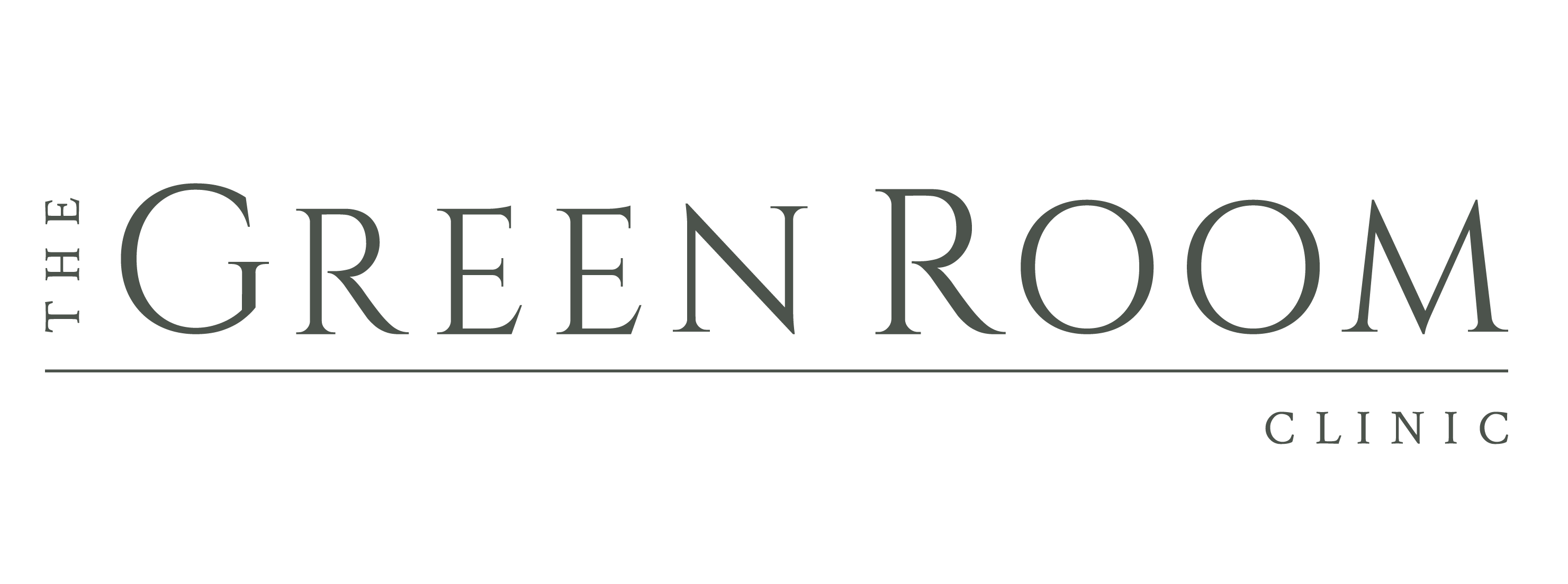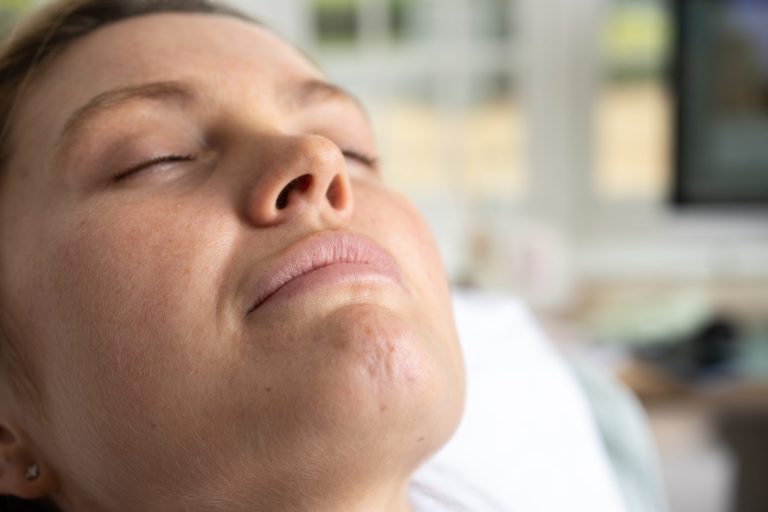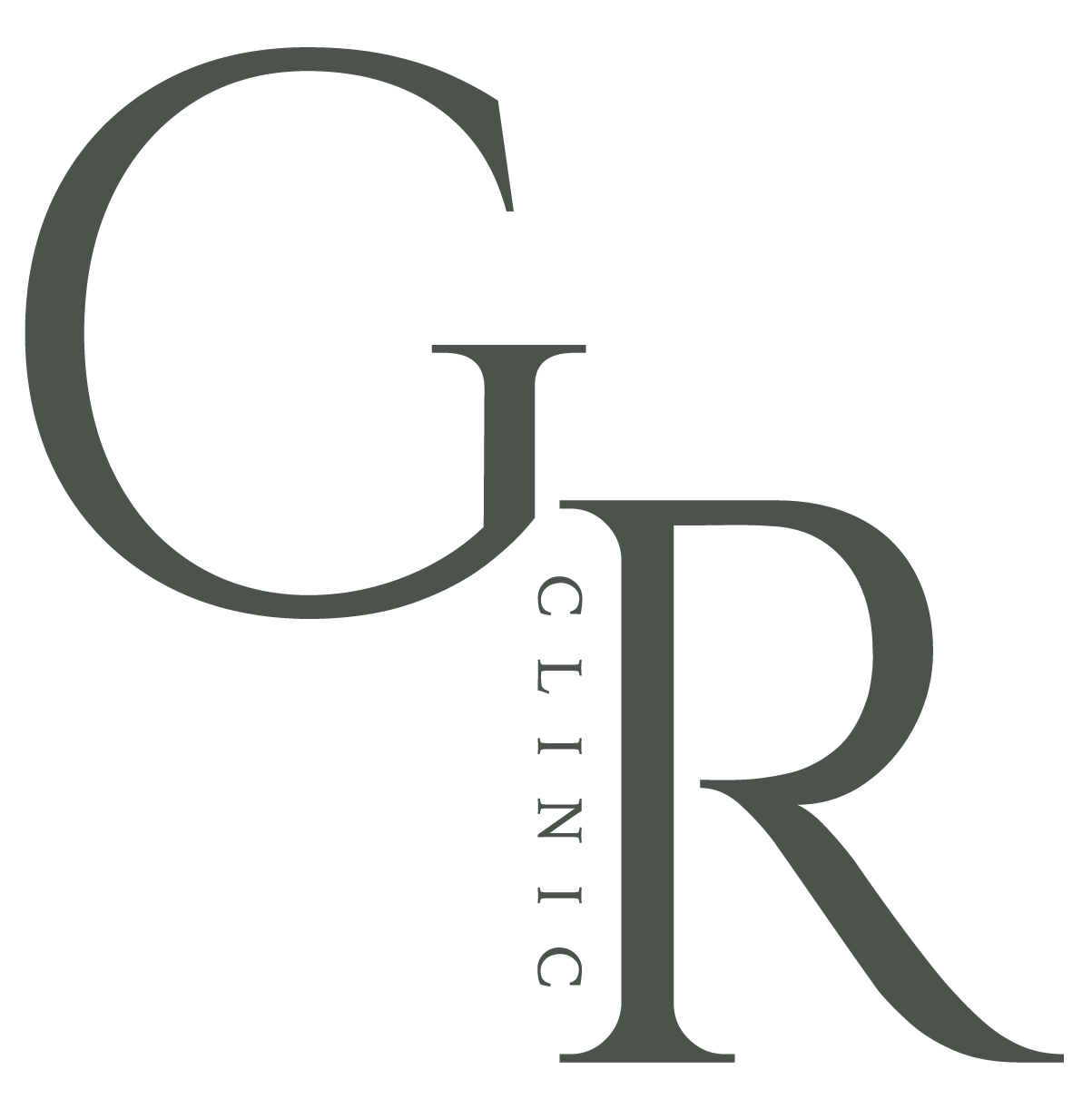Welcome back! In my previous blogs, I highlighted the dangers of cheap Botox and
the importance of choosing a qualified practitioner. Today, we’ll delve into the science
behind Botox and fillers, and how these treatments can help you maintain a youthful
appearance.
What is Botox?
Botox is a brand name for a type of botulinum toxin, a neurotoxin produced by the
bacterium Clostridium botulinum. While it may sound alarming, Botox has been
safely used in cosmetic and medical treatments for decades. Here’s how it works:
How Botox Works: Botox temporarily blocks nerve signals to the muscles where it is
injected. This prevents the muscles from contracting, which reduces the appearance
of wrinkles and fine lines caused by repetitive facial expressions.
Common Treatment Areas: Botox is commonly used to treat forehead lines, crow’s
feet, frown lines, and bunny lines. It can also be used for medical conditions such as
chronic migraines, excessive sweating, and muscle spasms.
Results and Longevity: The effects of Botox typically become visible within 7-21
days after the injection and last for about 3 months, depending on the individual and
the area treated.
What are Dermal Fillers?
Dermal fillers are injectable substances used to restore volume, smooth out wrinkles,
and enhance facial contours. They come in various types, each suited for different
purposes:
Types of Fillers: The most common type of dermal filler is made from hyaluronic acid,
a naturally occurring substance in the skin that helps retain moisture and elasticity.
Other types include calcium hydroxylapatite, poly-L-lactic acid, and
polymethylmethacrylate (PMMA). Permanent Fillers are now banned, thankfully, in
the UK. These were made form bovine collagen – yes you read that correctly,
basically collagen from cows! Nice!
How Fillers Work: Fillers add volume to the skin, filling in wrinkles and hollow areas.
They can also be used to enhance features like lips, cheeks, and jawline.
Common Treatment Areas: Fillers are used to treat nasolabial folds, marionette
lines, and to add volume to the cheeks, lips, and under-eye areas.
Results and Longevity: The results from dermal fillers are immediate and can last
anywhere from 6 months to 2 years, depending on the type of filler used and the
area treated.
Combining Botox and Fillers
For many patients, a combination of Botox and fillers can provide comprehensive
facial rejuvenation:
Dynamic vs. Static Wrinkles: Botox is ideal for dynamic wrinkles (caused by muscle
movement), while fillers are perfect for static wrinkles (present at rest) and volume
loss.
Customised Treatment Plans: A skilled practitioner can create a personalised
treatment plan that addresses your specific concerns, combining Botox and fillers to
achieve a balanced and natural look.
Final Thoughts
Understanding the science behind Botox and fillers helps demystify these treatments
and highlights their potential benefits. When administered by a qualified professional,
these treatments can provide safe and effective results, helping you look and feel
your best.
In my next post, I’ll share some real-life success stories and testimonials from clients
who have experienced the transformative effects of Botox and fillers. Stay tuned!





